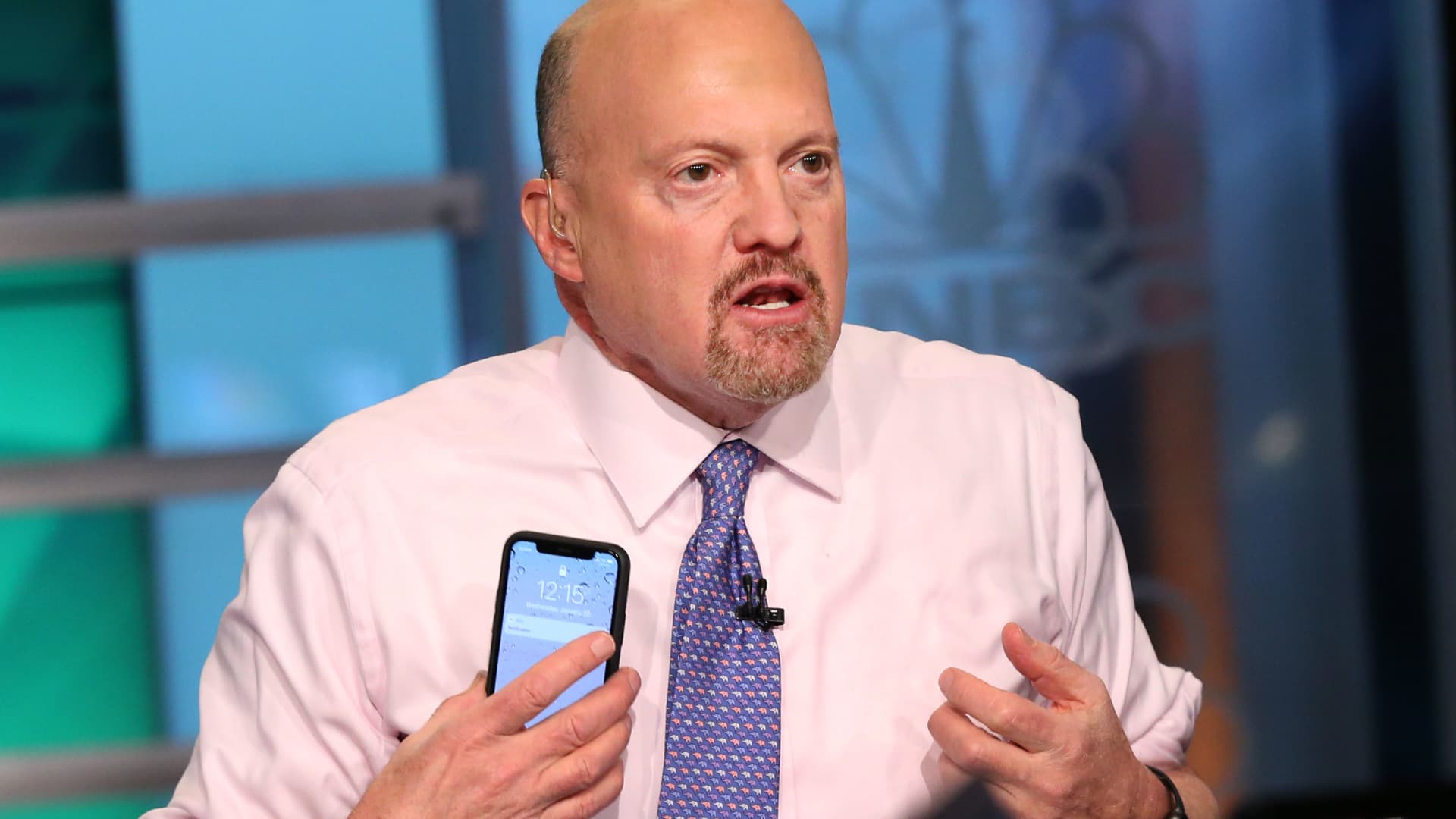The Supreme Court ruled yesterday that a pandemic-era restriction on border crossings known as Title 42 will remain in place for the time being, allowing U.S. immigration officials to keep swiftly expelling migrants and denying them the opportunity to seek asylum.
The Trump administration first imposed that measure in March 2020, ostensibly to combat the rising tide of COVID-19 by keeping out migrants who might spread the disease. The Biden administration kept the order in place. Since the order was first invoked, federal immigration officials have carried out millions of Title 42 expulsions at the U.S.-Mexico border.
The SCOTUS ruling is the latest installment in a lengthy legal battle over the order. Just last month, the U.S. District Court for the District of Columbia vacated the order because it wasn’t properly enacted and the government had failed to consider the potential harms of the policy. Yesterday, joining Justices Sonia Sotomayor, Elena Kagan, and Ketanji Brown Jackson in dissent, Justice Neil Gorsuch offered another reason why the border measure needs to go.
“The emergency on which those orders were premised has long since lapsed,” wrote Gorsuch. In April, Gorsuch writes, the federal government “terminated the Title 42 orders after determining that emergency immigration restrictions were no longer necessary or appropriate to address COVID-19.” Though the Biden administration keeps extending the COVID-19 federal public health emergency, the president has also said “the pandemic is over.” Certain emergency policies enacted at the federal levelsuch as extended unemployment benefits have ended.
Title 42, on the other hand, has been a stubborn holdover. Politicians and pundits on the right have been fully justified in criticizing the abuse of pandemic-era emergency powers in other cases, such as the Biden administration’s mass student loan forgiveness and eviction moratorium. In those cases, they recognize the dangers of an overly powerful executive and policies that long outlast the emergencies that supposedly justified them. But many Republican politiciansand some Democrats, toofail to apply that logic to Title 42.
What’s more, as Volokh Conspiracy contributor and George Mason University law professor Ilya Somin notes , “the situation here is even worse than Gorsuch suggests.” Early on, public health officials and experts saw that “expulsions were doing little or nothing” to keep COVID from entering the country.
“I was concerned that there may be a motivation that was beyond the specific public health agenda,” said Martin Cetron, head of the Centers for Disease Control and Prevention’s Division of Global Migration and Quarantine, in a May closed-door congressional interview. A former aide to Vice President Mike Pence called the Title 42 order “a Stephen Miller special,” referring to the architect of some of the Trump administration’s harshest immigration policies.
Gorsuch didn’t say that there aren’t problems at the border or that the transition from Title 42 wouldn’t prove challenging. “But the current border crisis is not a COVID crisis,” he wrote . “And courts should not be in the business of perpetuating administrative edicts designed for one emergency only because elected officials have failed to address a different emergency. We are a court of law, not policymakers of last resort.”
Policy makers would be wise to scrap the pandemic-era Title 42 order. It’s accomplished the opposite of what proponents promised, leading to more frequent and less predictable migrant inflows. Since a Title 42 expulsion carries no reentry penalty, repeat crossings roughly quadrupled in 2021 compared to their 2019 rate. Smugglers have taken advantage of repeat crossings by charging migrants more for the inflated number of northward journeys. With asylum largely inaccessible at ports of entry, migrants desperate to enter the country have attempted to cross the border in less surveilled, more dangerous terrain. These things have all contributed to chaotic scenes at the border, providing fodder for immigration restrictionists.
The Supreme Court will hear arguments in the case in February. The Department of Homeland Security said yesterday that while it will keep expelling unlawful migrants under the order, it’s doing so “within the constraints of a decades-old immigration system that everyone agrees is broken.” The Biden administration isn’t blameless regarding the country’s broken immigration system, and it’s defended Title 42 at many critical moments. But fixing the immigration system should involve more than rolling back COVID-era policiesbroad expansions of temporary work visas and economic migration could help bring critical labor to the U.S., all while reducing unpredictable and dangerous migration patterns.








